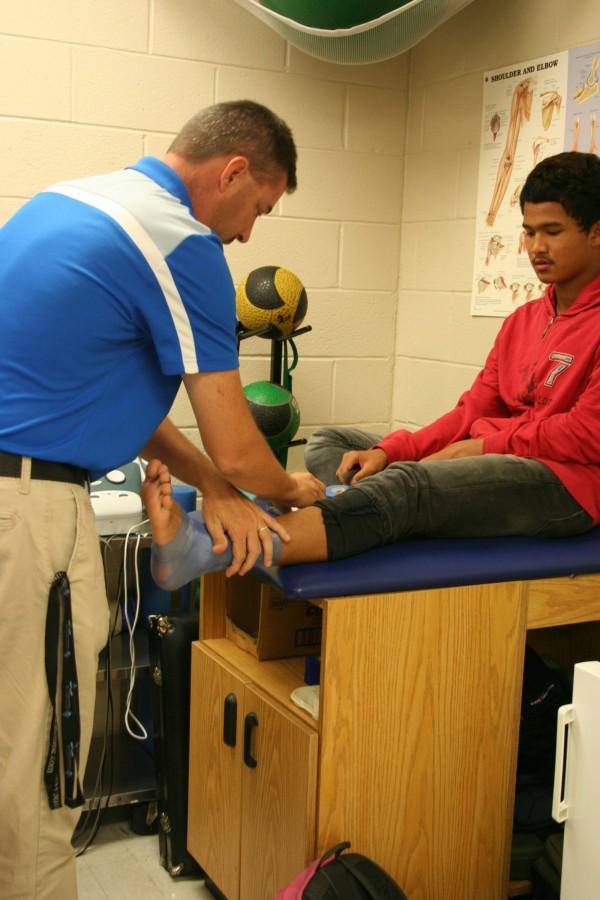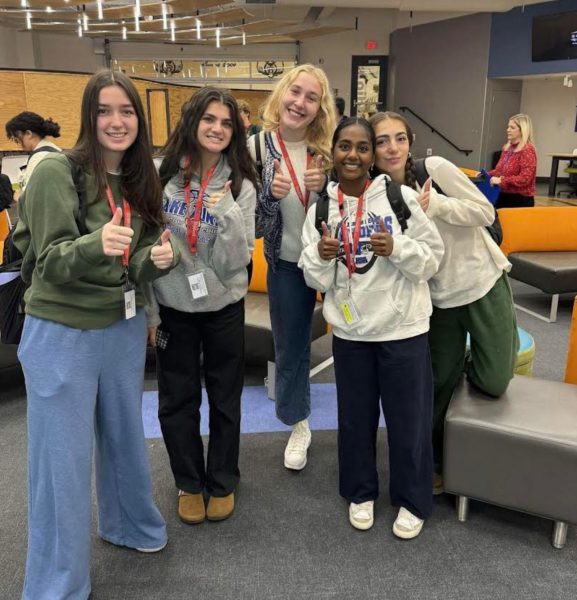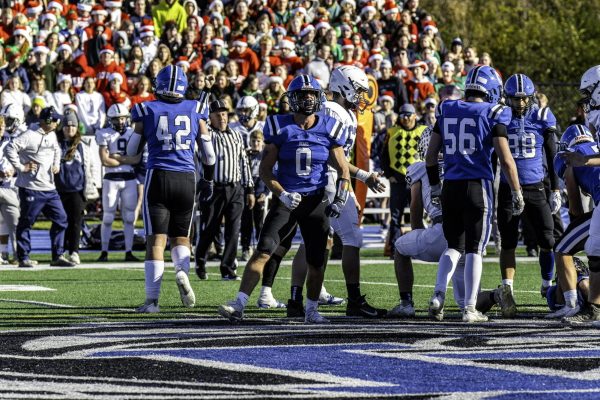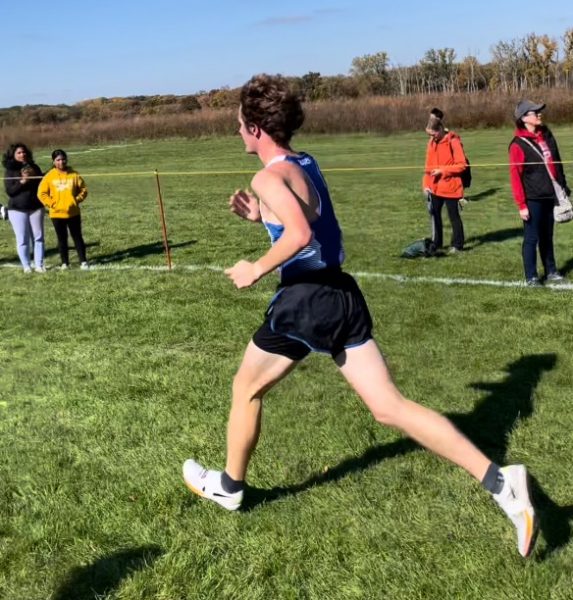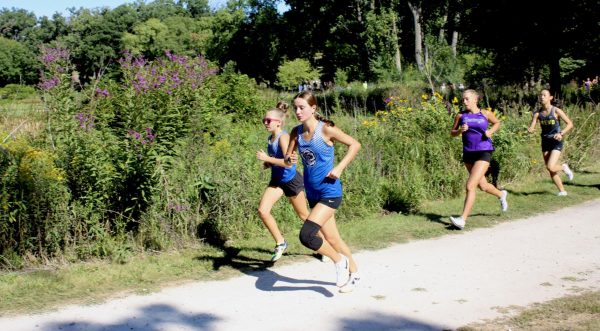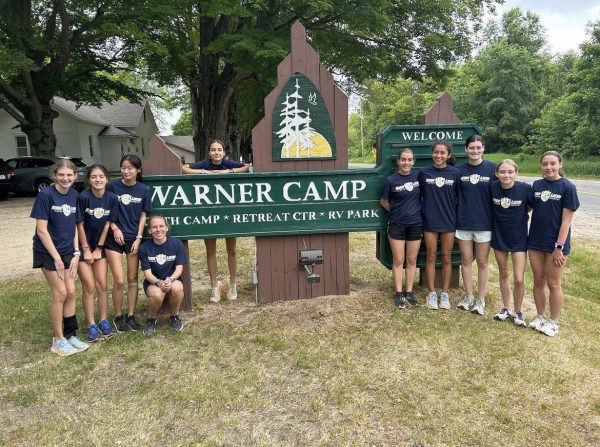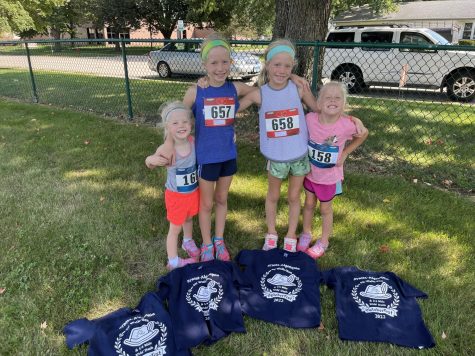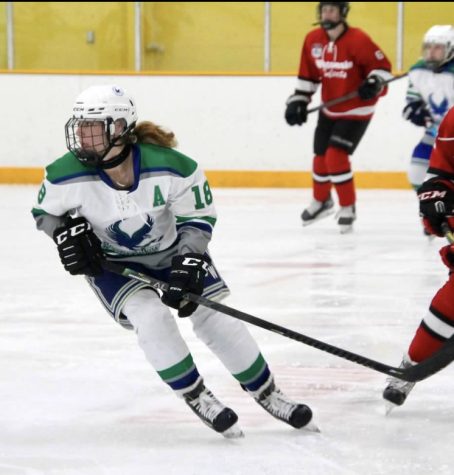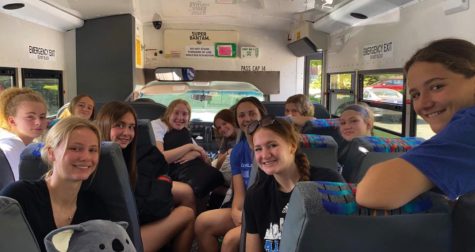Recovery renews athletes
Season after season of sports at the high school are followed by recurring injuries that all require the right types of recovery. One athlete has been recovering for almost a year and truly knows the stages of the recovery process..
Though some athletes may go through their lifetimes of sports and activities and never become injured, Eleni Papastratakos, sophomore, wasn’t as lucky. Papastratakos sprained her ankle. Then she has tore two ligaments while playing basketball and then shattered her kneecap falling off a scooter.
“The recovery is a long process. I’m still in physical therapy and I’ll be in it until around January. It’s been really hard,” Papastratakos said. “When some of the exercises are getting easier then you start working on skills to get you back into sports. Obviously, it’s hard because it’s like getting back into conditioning and not being able to do anything for nine months.”
After being in recovery for so long, Papastratakos says “it’s a challenge, but it’s a good challenge.” Any athletes who have been to see the trainers after school know how athletes at the high school level are prone to injuries.
“I would say ankle sprains are currently the most common. Athletes tend to walk around a lot and are more susceptible to doing things [to cause sprains] with activities that they do on a daily basis,” Andrew Rdzok, athletic trainer, said.
Athletic trainers are there to help all high schoolers involved in the athletic department to learn about ways to stay safe and not damage their bodies.
“My job is make sure athletes are healthy, first and foremost, so anything that I can do in a preventative method—either taping, bracing, stretching, and those types of things—would significantly reduce the likeliness of athletes being injured,” Rdzok said.
According to Rdzok, between injuries and between sports breaks are beneficial.
“I think just taking care of their bodies [help athletes recover the fastest]. A lot of athletes now tend to do one sport one after the other,” Rdzok said. “I think taking time off either a week, two weeks, or a month before they start another activity really helps them in the long run, especially reducing any inflammatory conditions or just overuse injuries that they may have sustained in the previous sport before continuing on in the long run.”
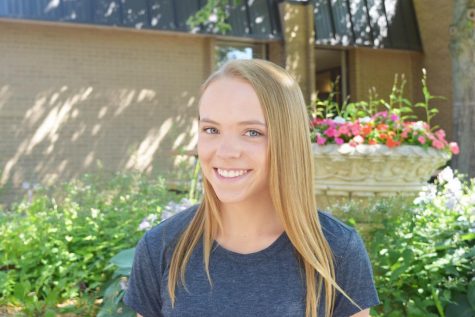
As a senior in her third year on staff, Megan (spelled the right way) will be taking on the role as Magazine Editor-in-Chief of Bear Facts Student Media....

